The cultural heritage of Nepal has evolved over the centuries which are expressed in music and dance, arts, and through other mediums. Ancestors of Nepal state that dances in our country are originated in the abode of Lord Shiva — the Himalayas, where he performed the Tandava Dance. This indicates that the folk dance traditions of Nepal are very ancient and unique. With altitudes and ethnicity, the dances of Nepal slightly change in style as well as in the costumes.
There are many types of dances all over the Nepal which performed along their own music and musical instruments change in tune with the themes, which revolve around topics like harvesting of crops, marriage rites, war stories, lonely people yearning for their lover, and several other themes and stories from everyday life in the villages. There are mainly two types of dances that are practiced by the Nepali community for a long time.
Classical Dances of Nepal: This type of dance is based on the ancient classic.
Folk Dance of Nepal: This type of dance is based on flock songs and music.
Folk Dance in Nepal
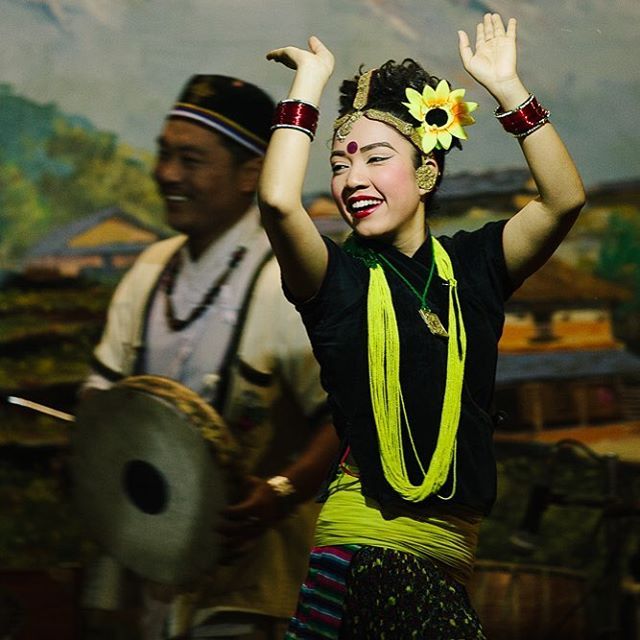
Folk Dances are popular dance which are a part of the tradition of a particular person or area. All folk dances are ethnic ones. The term folk dance was accepted until the mid-20th century. Folk dances are one of the strongest ways to represent (sometimes truly ancient) traditions of countries and regions to the public. They are usually danced at social gatherings.
Deuda Naach
Among nepali folk dances, Deuda is a Nepali genre of song and dance. Deuda is presented in Sudur Paschim and many regions of Madhya-Paschim of Nepal on the occasion of various festivals, such as Gaura. Deuda songs are very popular in Dailekh, Kalikot, Jumla, Achham, Bajang, Doti, Dadeldhura, Baitadi, Bajura and Darchula. It is performed by a group of males and females. It is especially performed without any musical instruments and both males and females join their hands and legs and move around by singing a song.
Dhan Nach
Dhan Nach is a traditional dance of the Limbus, living mainly in the Eastern part of Nepal. It is also known as Yalang. Dhan Nach is a cultural practice, and when people perform it, they sing Palam. This not only reflects the history and the mythical aspects of the Limbus community but also tells the glorious history to the new generations. This dance is performed every year at the Cultural Festival, Udhauli Parva by singing traditional songs, holding each other’s hands.

Chandi Naach
It is the main festival of Rai people which is celebrated twice a year and is distinguished by two names Ubhauli and Udhauli. It is also known as Sakela. Ubhauli is celebrated during Baisakh Purnima and Udhauli is celebrated during the full moon day in the month of Mangsir. It is performed by large groups of Kirats wearing their traditional attire. People of all ages dance together in a large circle.
Mayur Naach
Mayur Naach is one of the most famous dance in the Mid-Western part of Nepal, especially Rolpa and Rukum. It is also known as Peacock Dance. They form a group of 12 people, carrying feathers of the peacock on their back. In this dance, a man and a woman have to make a pair. Mayur Naach is believed to be a long-traditional dance. This dace is very interesting and beautiful. This dance is popular in the Tharu community.
Lakhey Dance
Lākhey is a demon in Nepalese folklore. He is depicted with a ferocious face, protruding fangs, and a man of red or black hair. Lakhey Dance is one of the most popular dances of Nepal. Performers wearing a Lakhe costume and mask perform dances on the streets and city squares during festivals. It mainly appears in Yenya, Indra Jatra.
Nepali Cultural Dance
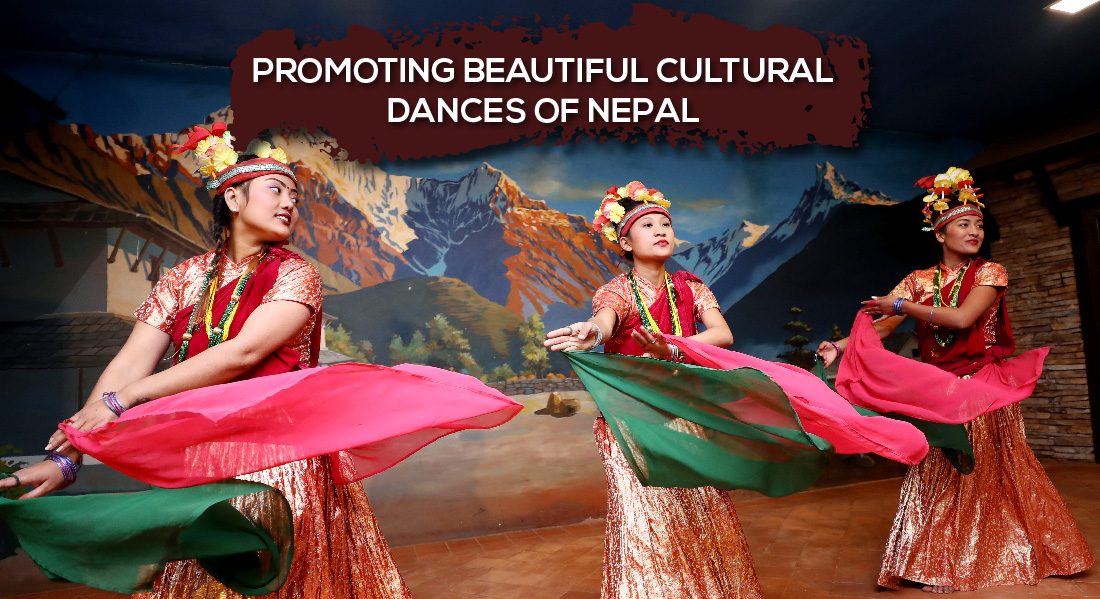
Other than the folk dances, Cultural dances are performed on the particular classical songs or music and requires the particular types of steps for the dance. The people choose a particular type of costume for performing a particular type of classical dance. Some of the cultural dances are as follows:
Kumari Dance
The Kumari dance is one of the very ancient classical dances of the kingdom of Nepal. It is performed in the biggest religious street festival of Kathmandu, Nepal called YENYA. These celebrations consist of two events, Indra Jatra and Kumari Jatra. Kumari Dance is mainly performed in Kumari Jatra for paying homage to the living Goddesses Kumari.

Manjushree Dance
Manjushree dance is one of the traditional ritual dances which is also known as Charya Nritya. It is a Buddhist ritual dance and was believed that the gods would be so pleased with the skill of the performers that they would make an appearance in front of the dancers. Ancestors also state that Manjushree dance tells the story of how Manjushree, when on a visit to Swayambhunath, drained out the water from the Kathmandu valley, which was once a giant lake, thus making it inhabitable. By then, the people worship Manjushree and thank him by dancing their cultural dance. This dance requires a special costume and jewelry as the dancer represents Bodhisattva.
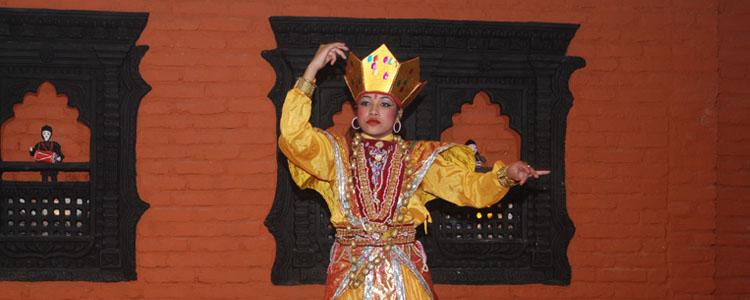
Panache Buddha Dance
The Pancha Buddha dance is performed during the important festivals in the valley. This dance is performed in honor of the Pancha (Five) Buddhas, i.e. Vairochana (the brilliant one), Aksobhaya (the unshakeable), Ratnasambhava (the matrix of the jewel), Amitabha (the infinite light) and Amoghasiddhi (the infallible realization). Dancers don the distinctive colors of the five Buddhas and depict their specific postures.
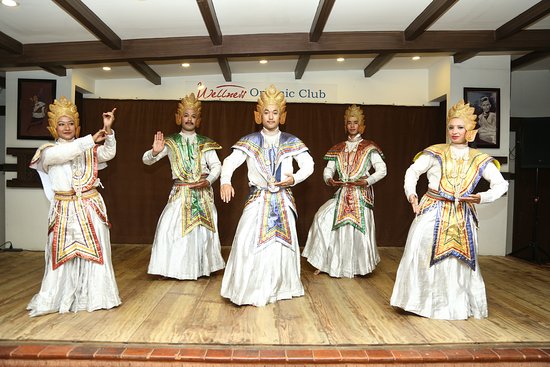
Bajrayogini Dance
Once upon a time of Kathmandu was ruling by Malla dynasty a long time ago. Malla dynasty wants to keep their country in a very strong position so they worship Goddess “Bajrayyogani” to get a strong power and protect the people and the nation. The meaning of BAJRAYOGANI is a Strong yogini Goddess. So Buddhist Tantrick [the devoted of Malla period] they dance with the appearance of Bajrayogani to make her happy in an occasion or festival which became an ancient classical dance of Nepal, which is based on Tantric Buddhism. The Temple of Goddess Bajrayogini is situated about 3 km from Kathmandu valley. It is a very interesting dance that is captivating to watch.
Arya Tara Dance
Arya Tara dance is one of the popular classical dances. Arya Tara is better known as “The Holy Mother”. The songs of the dance talk about the various qualities of Arya Tara and the dance is performed in the special rituals wearing ceremonial dresses.
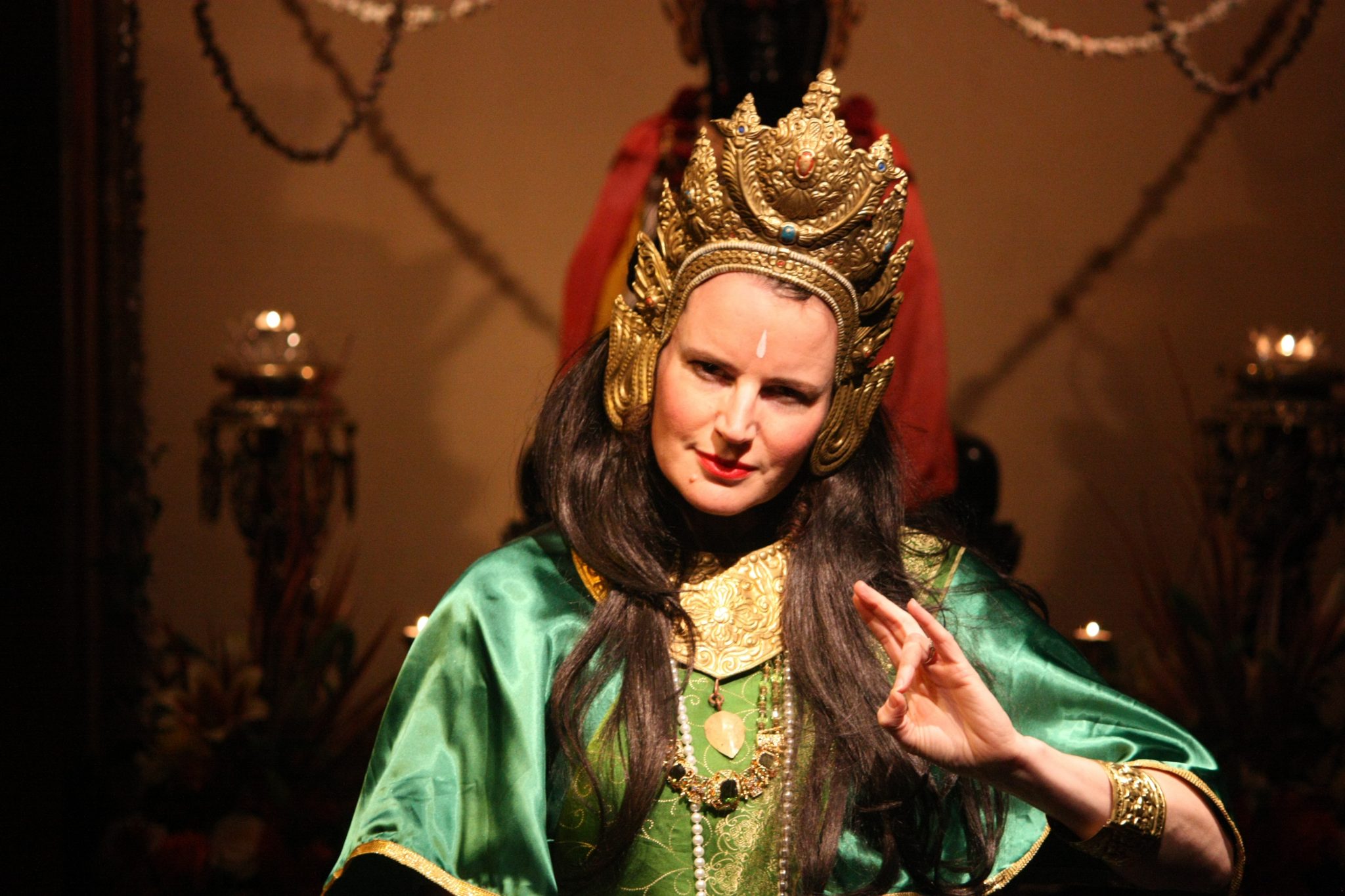
Hence, folk dances and cultural dances area way to represent the lifestyle of Nepal. These folk dances indirectly speak out the stories hiding with in the small territory of Nepal along with protecting the culture, tradition and base of the nation.




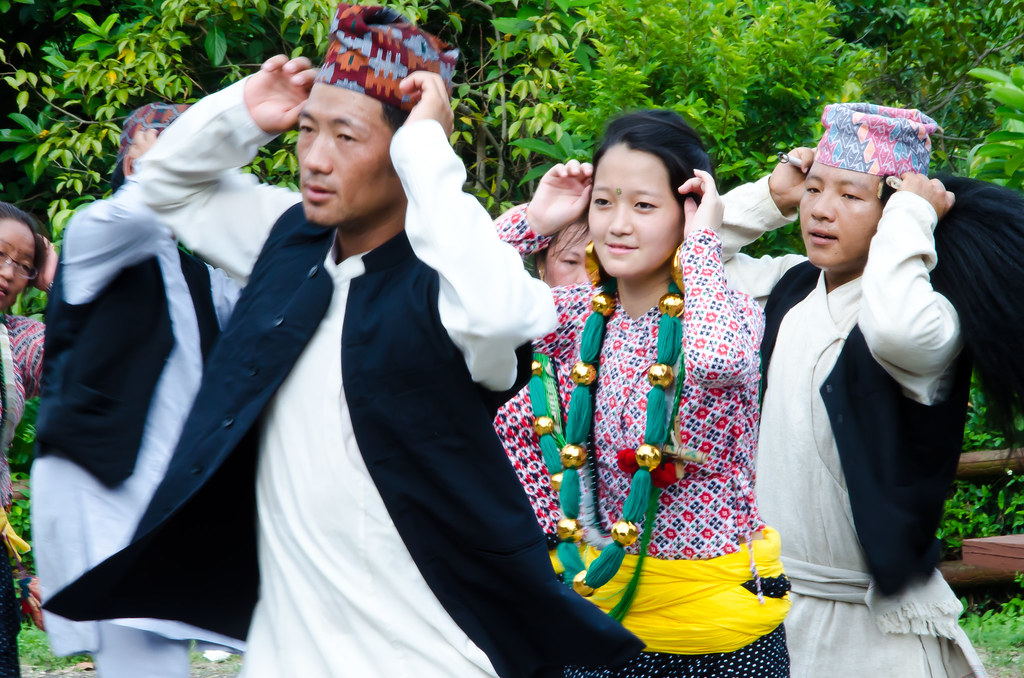
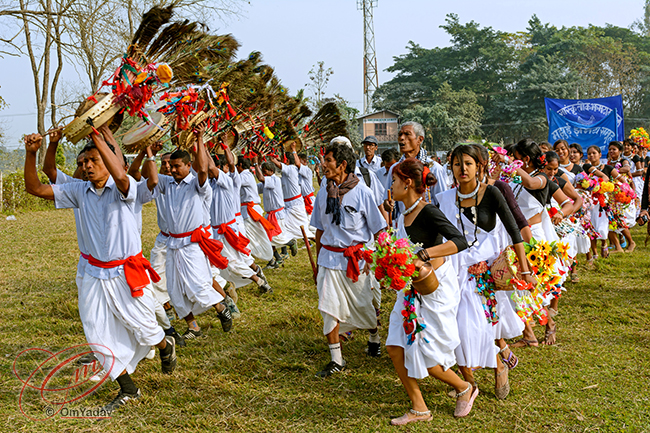
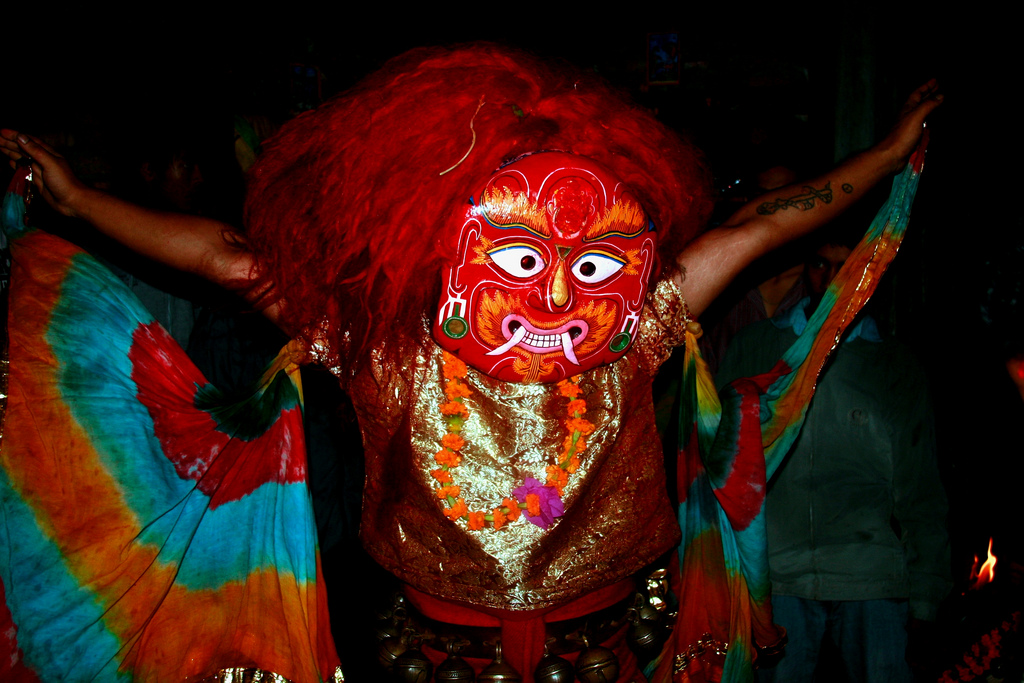
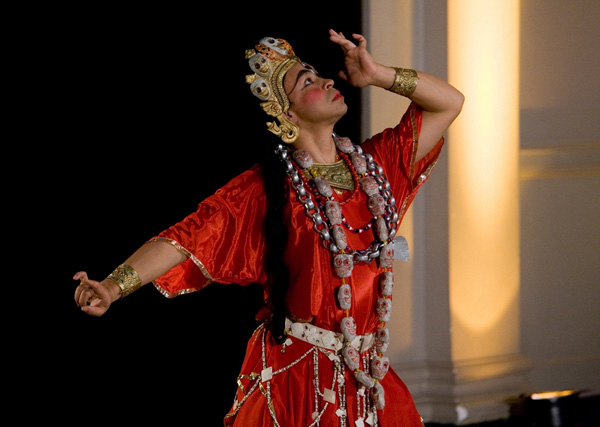

Thank you for comment us